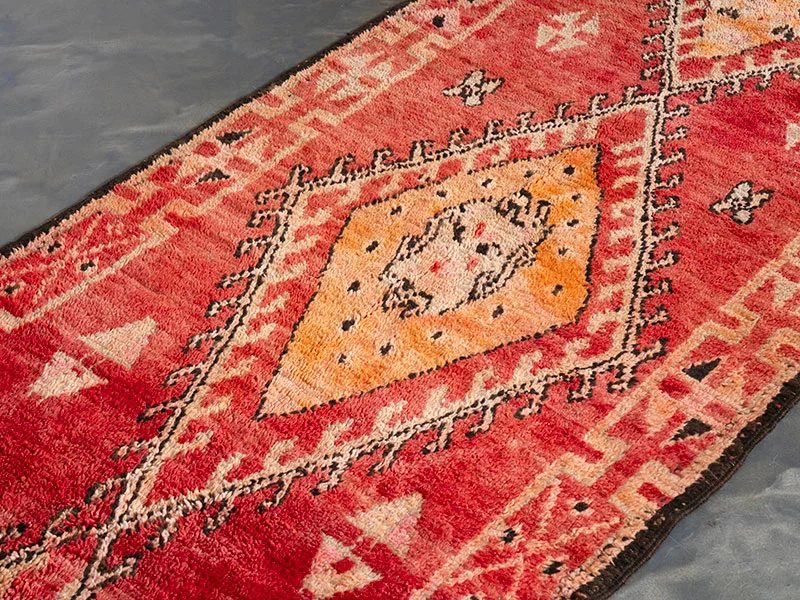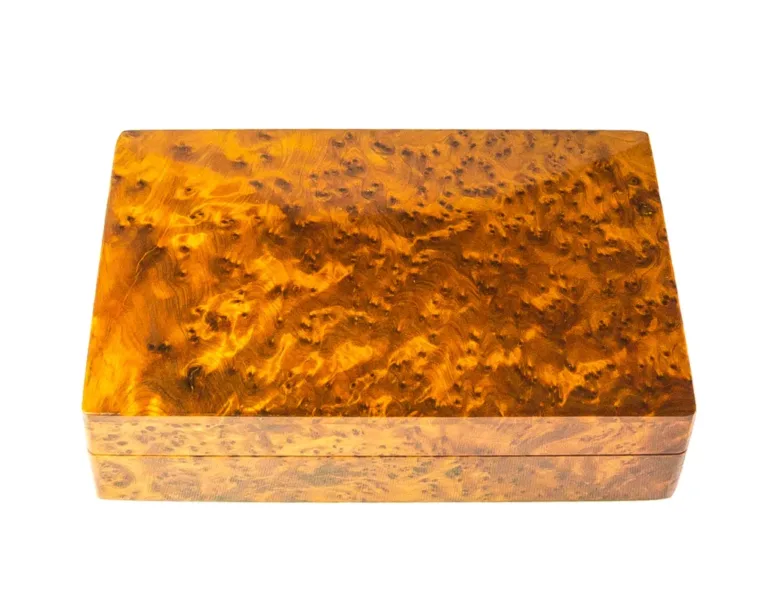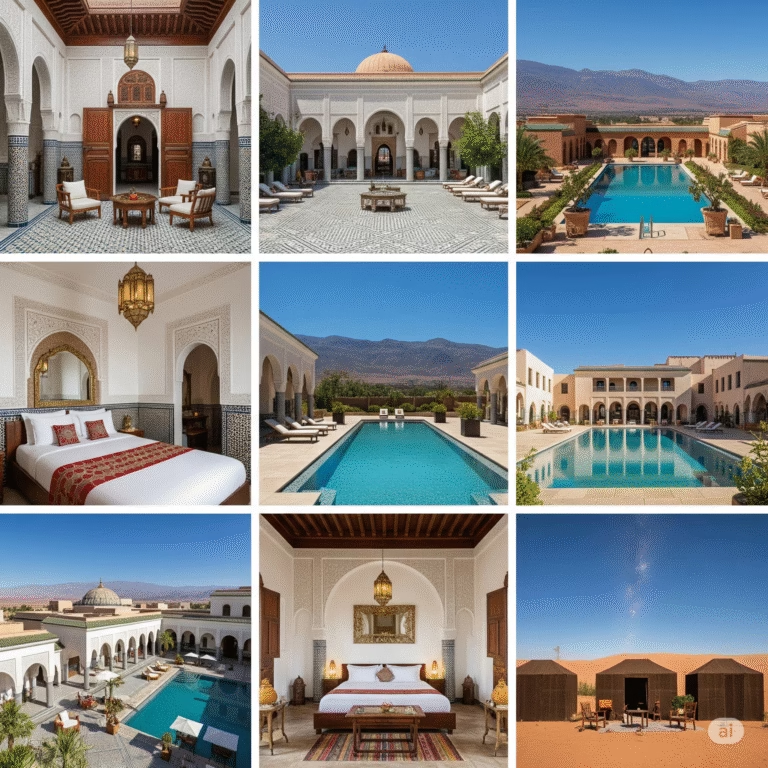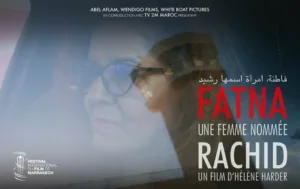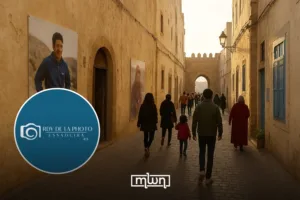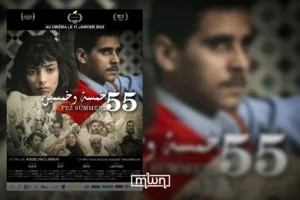Fez — Walk through a Moroccan medina and you will see stacks of thick rugs and flatweaves in many colors. Each carpet starts with wool.
Families shear sheep, wash the fiber, and spin the yarn by hand. Weavers set the yarn on a simple upright loom at home.
They add rows one by one until the rug is done. Most colors come from plants and minerals; madder gives red, pomegranate rind makes yellow, walnut husk gives brown, and indigo makes blue. Undyed wool stays a soft cream that people love.
Amazigh carpets do more than cover floors. They keep mountain rooms warm in winter. They also mark important moments such as marriage and the birth of a child.
Many designs live in the weaver’s memory. There is no printed plan. That is why no two rugs are the same. Small changes in a line or a border show the human hand at work.
Motifs are simple and strong. Diamonds, zigzags, steps, and crosses appear again and again. They can point to the land, to water, to roads, or to protection.
A field of diamonds can suggest a path through mountains. A row of small crosses can mean safety. The meaning can change by region and family. What stays the same is the balance and rhythm across the rug.
Each area has its own look. Beni Ourain and Beni Mrirt rugs from the Middle Atlas are thick and soft. They are usually cream with thin brown or gray lines. Azilal rugs are lighter and more playful. They mix weaving methods and bright colors. Around Taznakht and Aït Ouaouzguite you find rich reds, saffron, and green with crisp borders. Zemmour and Zayan carpets favor strong reds and lattice diamonds. Boucherouite rugs use cotton and fabric scraps. They feel modern and joyful while staying true to village craft.
Weaving is mainly women’s work. Mothers teach daughters at home. A finished carpet can help pay school costs or serve as part of a dowry.
Cooperatives now help weavers set fair prices, buy good wool, and sell beyond the weekly market. When you buy from a cooperative or a trusted gallery, you support real families and keep the craft alive.
Choosing a good rug is simple. Touch the pile. Good wool feels springy and clean. Turn the rug over. The back should look tidy with even rows. Ask basic questions: who made it, where, what dyes, and when.
At home, use a rug pad, vacuum gently without a rotating brush, rotate the rug a few times a year, and blot spills with cold water. For deep cleaning, choose a specialist who knows handwoven wool.
An Amazigh carpet brings warmth, color, and a true story into your space. It connects a room to the mountains, to careful hands, and to a living Moroccan tradition.

